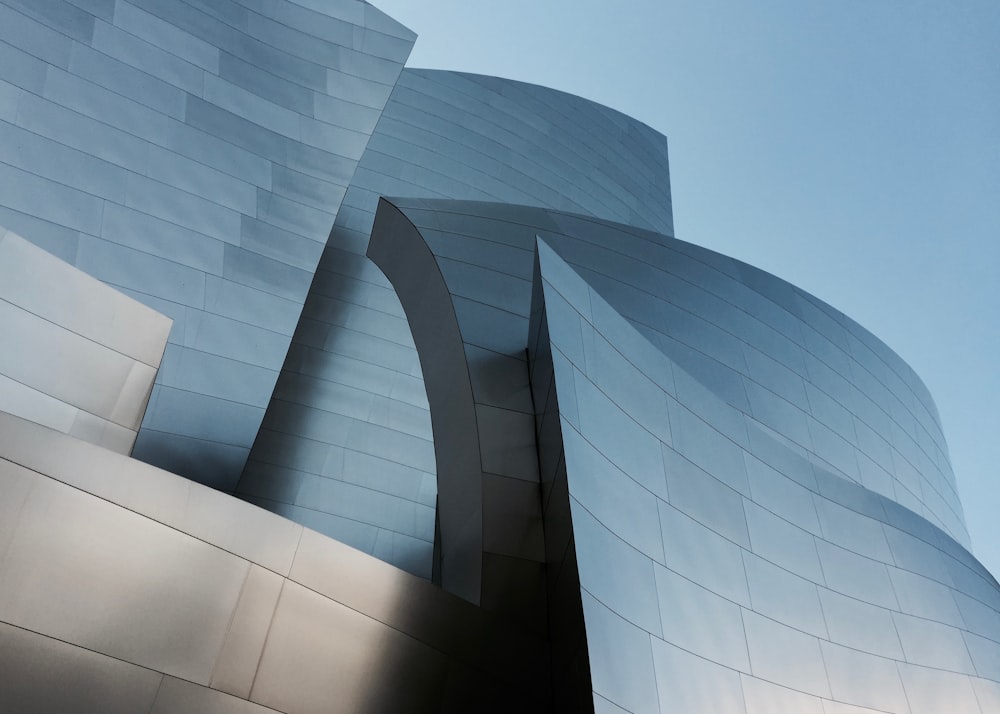Exploring the Rich History of Second Empire Architecture
A Journey Through Time
Embark on a journey through time as we delve into the rich history of Second Empire architecture. Originating in France during the mid-19th century, this architectural style flourished under the reign of Emperor Napoleon III. It is characterized by its opulent designs, lavish ornamentation, and iconic mansard roofs, which have left an indelible mark on the architectural landscape.
Opulence and Grandeur
At the heart of Second Empire architecture lies a sense of opulence and grandeur. Buildings constructed in this style exude a sense of wealth and prestige, with their elaborate facades, intricate detailing, and imposing presence. From grand public structures to luxurious private residences, Second Empire architecture became synonymous with sophistication and elegance.
Iconic Mansard Roofs
One of the most distinctive features of Second Empire architecture is the mansard roof. Named after the French architect François Mansart, these roofs are characterized by their double-pitched design, with the lower slope being steeper than the upper one. This unique architectural element not only adds visual interest to the building’s exterior but also allows for additional living space within the attic.
Influence and Legacy
The influence of Second Empire architecture extended far beyond the borders of France, spreading to other parts of Europe and even to North America. In cities such as Paris, Brussels, and New York, Second Empire buildings became iconic landmarks, reflecting the wealth and aspirations of their owners. Today, these structures stand as testaments to an era of architectural innovation and grandeur.
Revival and Restoration
In recent years, there has been a renewed interest in preserving and restoring Second Empire buildings, recognizing their historical significance and architectural merit. Organizations dedicated to heritage conservation work tirelessly to protect these structures from neglect and decay, ensuring that future generations can continue to appreciate their beauty and craftsmanship.
The Role of Second Empire in Urban Planning
Second Empire architecture also played a significant role in urban planning, shaping the layout and design of cities around the world. During the Second Empire period, many cities underwent significant transformation projects, resulting in the construction of grand boulevards, public squares, and monumental buildings. Second Empire architecture played a key role in these projects, with architects tasked with designing buildings that would enhance the cityscape and symbolize progress and modernity.
Appreciating Architectural Excellence
As we reflect on the splendor of Second Empire architecture, we gain a deeper appreciation for the craftsmanship, innovation, and artistic vision that went into creating these magnificent structures. From the ornate detailing to the majestic proportions, Second Empire buildings continue to inspire awe and admiration, reminding us of the enduring legacy of this iconic architectural style. Read more about second empire architecture


